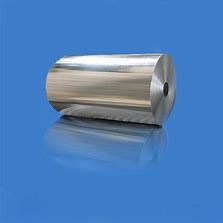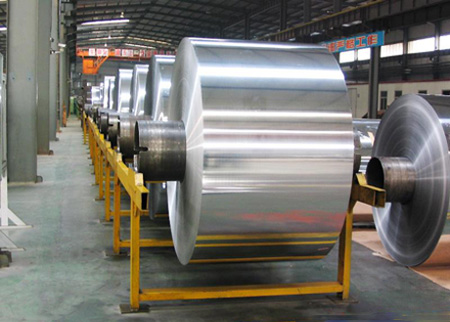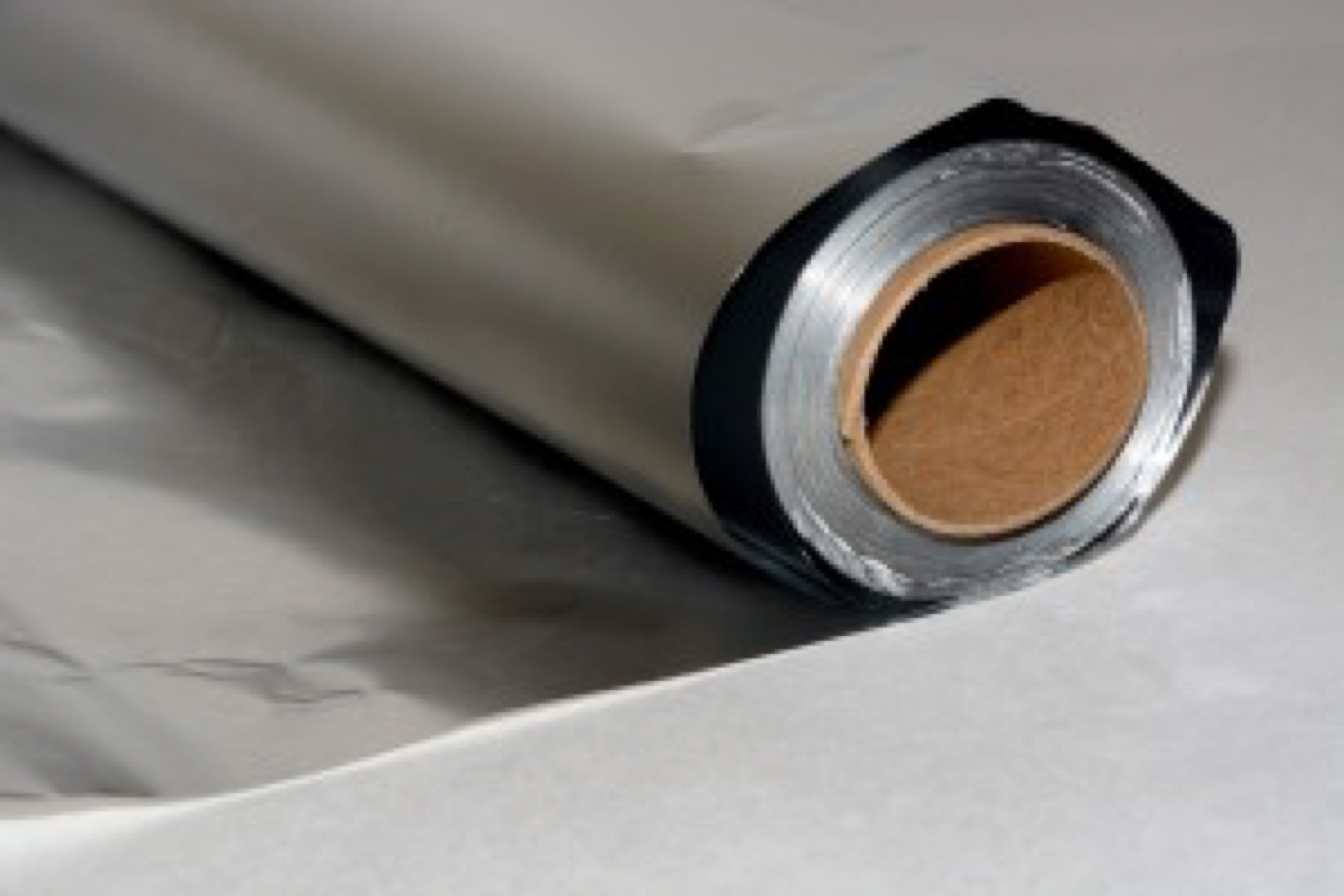



Alloys are mixtures of metals that are used in a wide range of applications due to their unique properties. However, the composition of an alloy is essential to determine as it affects its properties and suitability for different applications. For example, aluminum alloy is commonly used in the aerospace and automotive industries due to its lightweight and high strength properties.

To identify the composition of an alloy, including aluminum alloy, follow these steps:
Obtain a sample of the alloy: This is the first and most important step in identifying the composition of an alloy. A small amount of the alloy is needed for analysis, and it should be representative of the entire alloy.
Prepare the sample for analysis by cleaning it thoroughly with a solvent to remove any surface contaminants: The sample should be free of any contaminants that may interfere with the analysis. Solvents such as acetone or ethanol can be used to clean the sample.
Choose an appropriate analytical technique for identifying the elements present in the alloy: There are several techniques available for identifying the elements present in an alloy. Some common techniques include X-ray fluorescence (XRF) spectroscopy, Optical emission spectroscopy (OES), and Inductively coupled plasma mass spectrometry (ICP-MS).
X-ray fluorescence spectroscopy (XRF) is a non-destructive technique that uses X-rays to measure the composition of alloys. It is a fast and accurate method for identifying the major elements present in an alloy.
Optical emission spectroscopy (OES) is a technique that uses a high-energy plasma to vaporize the sample and excite the atoms. The resulting emission spectrum is used to identify the elements present in the alloy.
Inductively coupled plasma mass spectrometry (ICP-MS) is a highly sensitive technique that measures the mass-to-charge ratio of ions in a plasma. It is capable of analyzing trace elements in alloys.
Perform the analysis using the chosen technique: The chosen technique should be performed carefully, and the results should be recorded accurately.
Compare the results obtained to known standards or reference materials to determine the composition of the alloy: The results obtained from the analysis should be compared to known standards or reference materials to determine the composition of the alloy accurately.
It is important to note that different alloys may require different techniques for analysis, and some techniques may be more accurate or sensitive than others. Additionally, the presence of trace elements in the alloy may be important to consider, depending on the intended use of the alloy.
By following these steps and consulting with experts in the field, you can accurately identify the composition of an alloy, such as aluminum alloy.
* Thank you for your inquiry. Please provide your business needs information so that we can better serve you.
This information can help us assign the most suitable person to solve your problem. We will give you feedback within 1-2 working days.
Related Blog







